
Happy Earth Day! Book Review: Healthy Child Healthy World by Christopher Gavigan
Happy Earth Day!
The purpose of Earth Day is to promote awareness about the environment and to inspire people to join in the cause to take care of our planet. There are so many ways to be involved in taking care of our planet that sometimes it can be overwhelming. It is important to remember that we can all do our part, start slowly, then keep building on the changes we DO make to help reverse some of the problems we have created by NOT taking care of our planet.
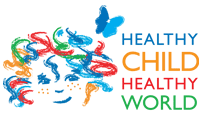 For this Earth Day, I want to highlight a book called Healthy Child Healthy World by Christopher Gavigan. Healthy Child Healthy World is an organization founded by parents Nancy and James Chuda, who lost their daughter, Colette, to a rare form of cancer when she was 5 years old. They felt like her cancer was triggered by environmental factors and started to research how toxic substances and environmental exposures have an impact on children. With the help of some friends and family, they started the organization to help educate the public and be an advocate for children and their environmental health. Christopher Gavigan is the CEO and executive director of Healthy Child Healthy World and is comitted to helping families make their homes safer for children.
For this Earth Day, I want to highlight a book called Healthy Child Healthy World by Christopher Gavigan. Healthy Child Healthy World is an organization founded by parents Nancy and James Chuda, who lost their daughter, Colette, to a rare form of cancer when she was 5 years old. They felt like her cancer was triggered by environmental factors and started to research how toxic substances and environmental exposures have an impact on children. With the help of some friends and family, they started the organization to help educate the public and be an advocate for children and their environmental health. Christopher Gavigan is the CEO and executive director of Healthy Child Healthy World and is comitted to helping families make their homes safer for children.
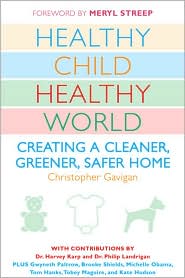 The chapters cover just about every aspect of making your home a safer, cleaner, greener place for you and your children–even beginning with pregnancy and what you can do to help prepare your home for the baby. First and foremost, the way you eat during your pregnancy has a big impact on you and the baby’s health. Avoiding preservatives and additives like MSG and artificial food coloring are a good first place to start. In my birth classes we have one whole class dedicated to nutrition during pregnancy. Good nutrition is important for everyone–especially when you are growing a baby!
The chapters cover just about every aspect of making your home a safer, cleaner, greener place for you and your children–even beginning with pregnancy and what you can do to help prepare your home for the baby. First and foremost, the way you eat during your pregnancy has a big impact on you and the baby’s health. Avoiding preservatives and additives like MSG and artificial food coloring are a good first place to start. In my birth classes we have one whole class dedicated to nutrition during pregnancy. Good nutrition is important for everyone–especially when you are growing a baby!
Avoiding chemicals, like phthalates, in (some) lotions and other cosmetics can also help protect the baby. The book offers itself as a guide as you think about everything from baby showers to products to put (or avoid) in the nursery. Gavigan offers specific recipes for replacing the harsh, store bought cleaners with safe, homemade cleaners. Store bought cleaners have chemicals in them that can cause problems like poisoning, respitory difficulites, organ damage, and deteriorating the freshwater supply.
The book offers interesting information about the ingredients in our beauty supplies–it is enough to make you consider replacing some of the products you probably use on a daily basis.
The chapter on Child’s Play is helpful and a great place for new parents with young children. We have all been awakened to the idea that perhaps not everyone has the best interests of our children at heart after all those recalls of toys with high levels of lead in them. Choosing toys, clothes, and baby products is most helpful early on–and gets more difficult later on if you are trying to avoid large amounts of plastic toys (that is from my own experience). We have a lot of toys in our house–many of them plastic. If I could start over I would have a lot LESS plastic, and more long-lasting toys. The chapter even has some recipes in it for safe art supplies!
Pets, pesticides, and indoor air pollution is also covered in the book. I was surprised at how easy and simple some of the ideas were for minimizing and eliminating pests in the household without resorting to the more toxic chemical solutions. I’m telling you, this book covers everything! The back of the book is filledwith TONS of resources of retailers and organizations to help you along in your journey to making your home safer and greener.
If you are interested in having a resource on hand, this is a good one to have. As you read through it, remember: “No one can do everything. Everyone can do something.”
What “green” things do you already do at your house? Have you read this book? Heard of it? What did you think?
Share the fun: Email + Del.icio.us + Digg + Technorati


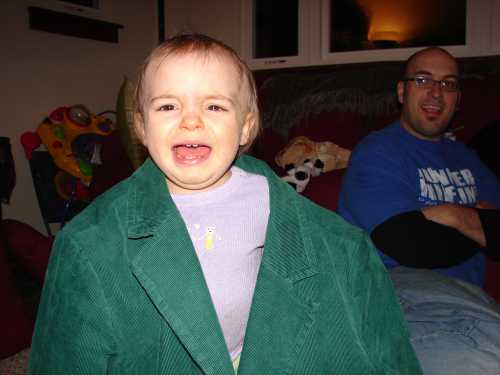 A friend of mine recently had her second baby. She is beautiful, calm, and quiet.
A friend of mine recently had her second baby. She is beautiful, calm, and quiet.
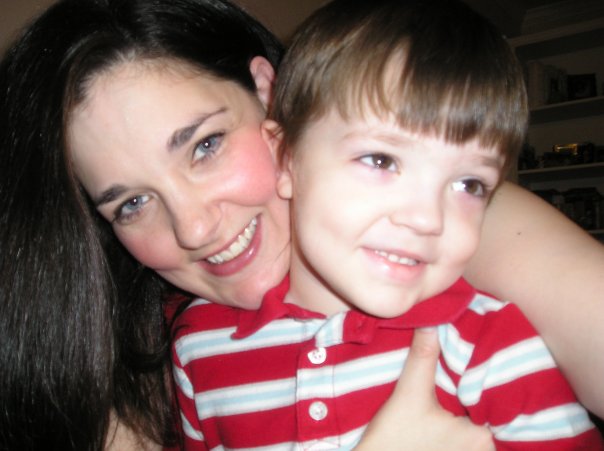 In August 2008, our three year old son, Andrew, was diagnosed with Type 1 Diabetes. For weeks he had been drinking tons of water, urinating much more than he was taking in and was eating everything in sight. We knew something was going on and when we got his diagnosis we weren’t really sure what we were up against.
In August 2008, our three year old son, Andrew, was diagnosed with Type 1 Diabetes. For weeks he had been drinking tons of water, urinating much more than he was taking in and was eating everything in sight. We knew something was going on and when we got his diagnosis we weren’t really sure what we were up against.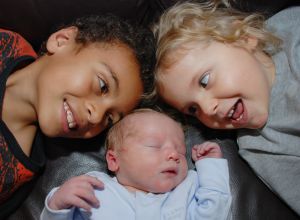
 Packing Boxes. Shuffling through papers and toys, trying to decide what should stay and what should go. Finding new friends, new work, new EVERYTHING. Where do I shop? Where should my kids go to school?
Packing Boxes. Shuffling through papers and toys, trying to decide what should stay and what should go. Finding new friends, new work, new EVERYTHING. Where do I shop? Where should my kids go to school?



